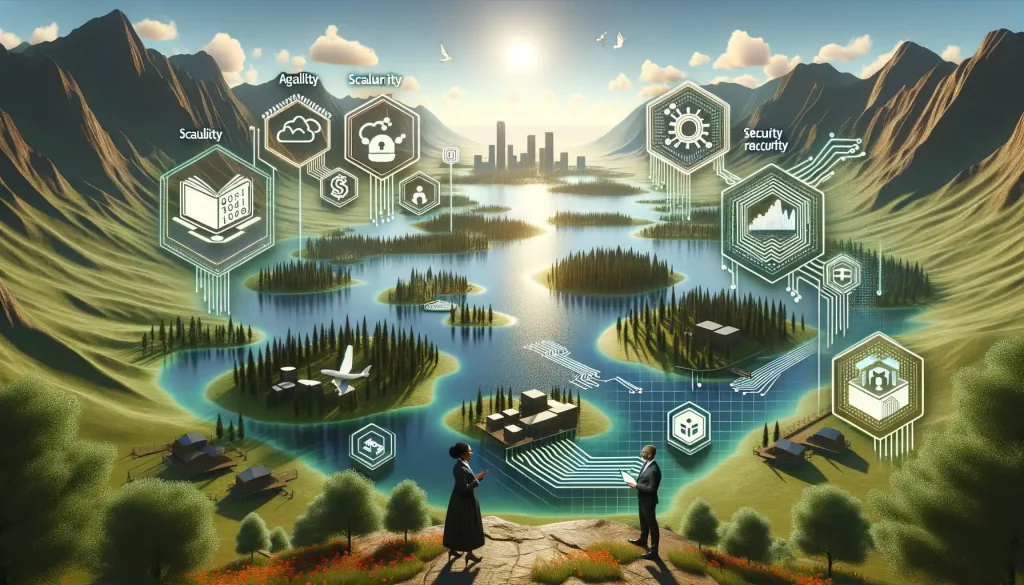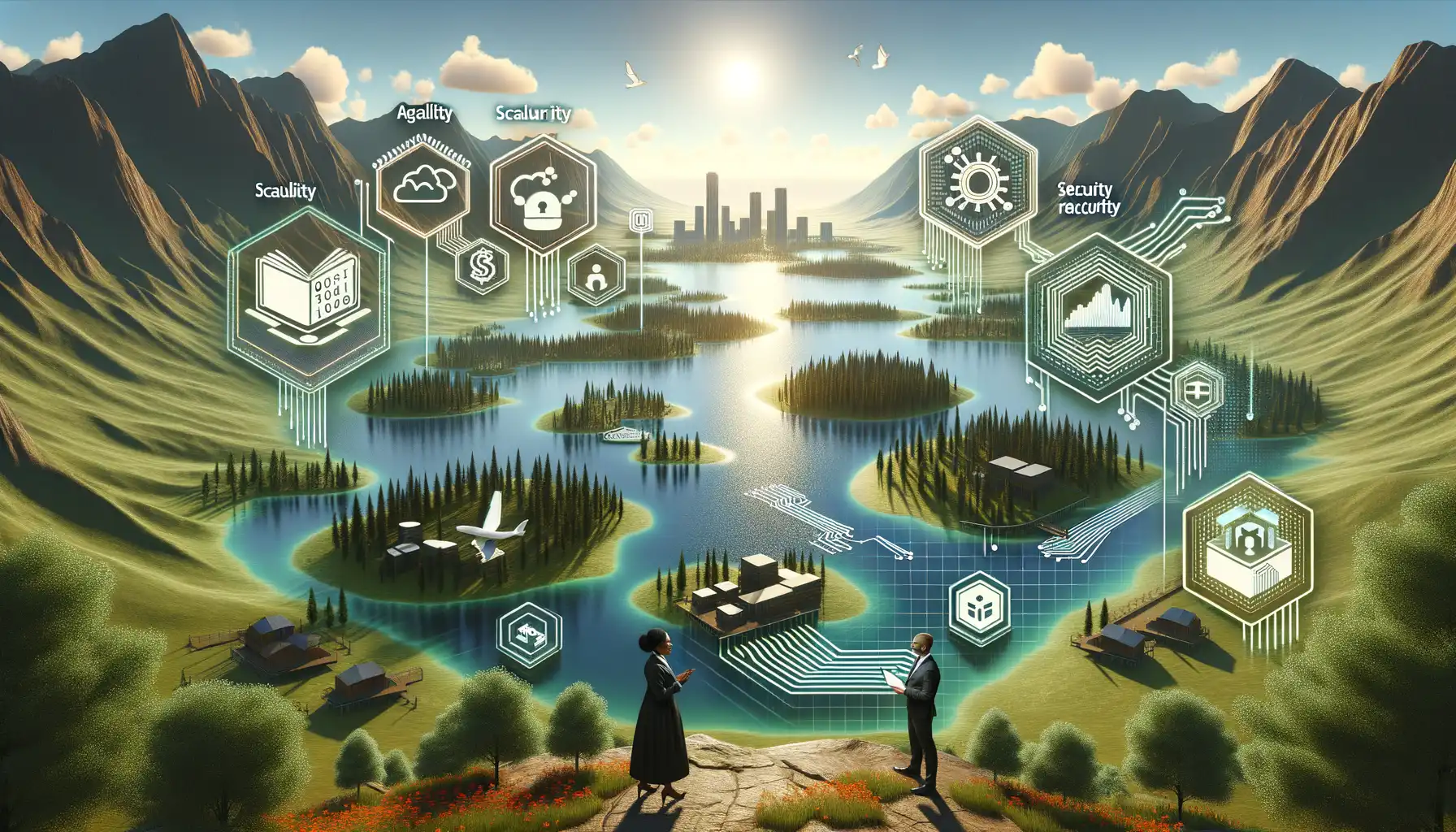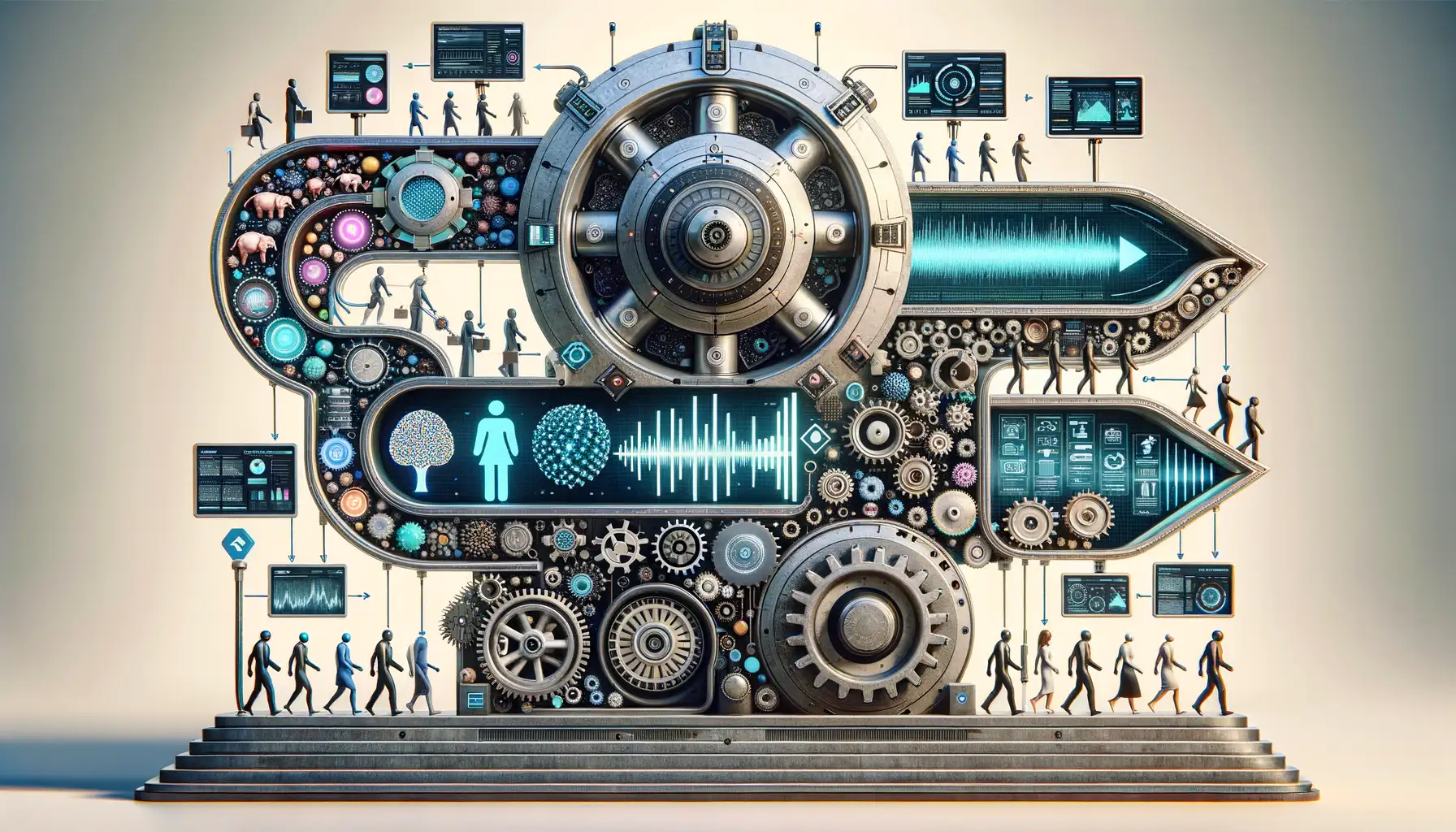How Automated Fact-Checking Works
The Magic Behind Fact-Checking Algorithms
Have you ever wondered how machines can sift through mountains of information, separate truth from falsehood, and make it look so… effortless? Let me pull back the curtain for you. At its core, automated fact-checking doesn’t just “check facts”—it plays detective.
The process begins with a claim: it could be a politician’s statement or a viral social media post. The system then crawls through a sea of data—web pages, articles, research papers—all in search of context and verification. Think of this as hunting for needles in a digital haystack. Here’s where the magic kicks in: advanced Natural Language Processing (NLP) analyzes the claim. It understands the what, the who, and even the tone. Then, the AI compares that claim against reliable sources, scanning them faster than your coffee brews.
- Context extraction: What exactly is being said?
- Evidence gathering: Which trustworthy sources can back this up?
- Verdict: True, false, or somewhere in between?
It’s like having Sherlock Holmes in your browser—but better, because Holmes never worked this fast. And here’s the twist: AI learns continuously, sharpening its skills as the digital world evolves.
Key AI Technologies Powering Fact-Checking
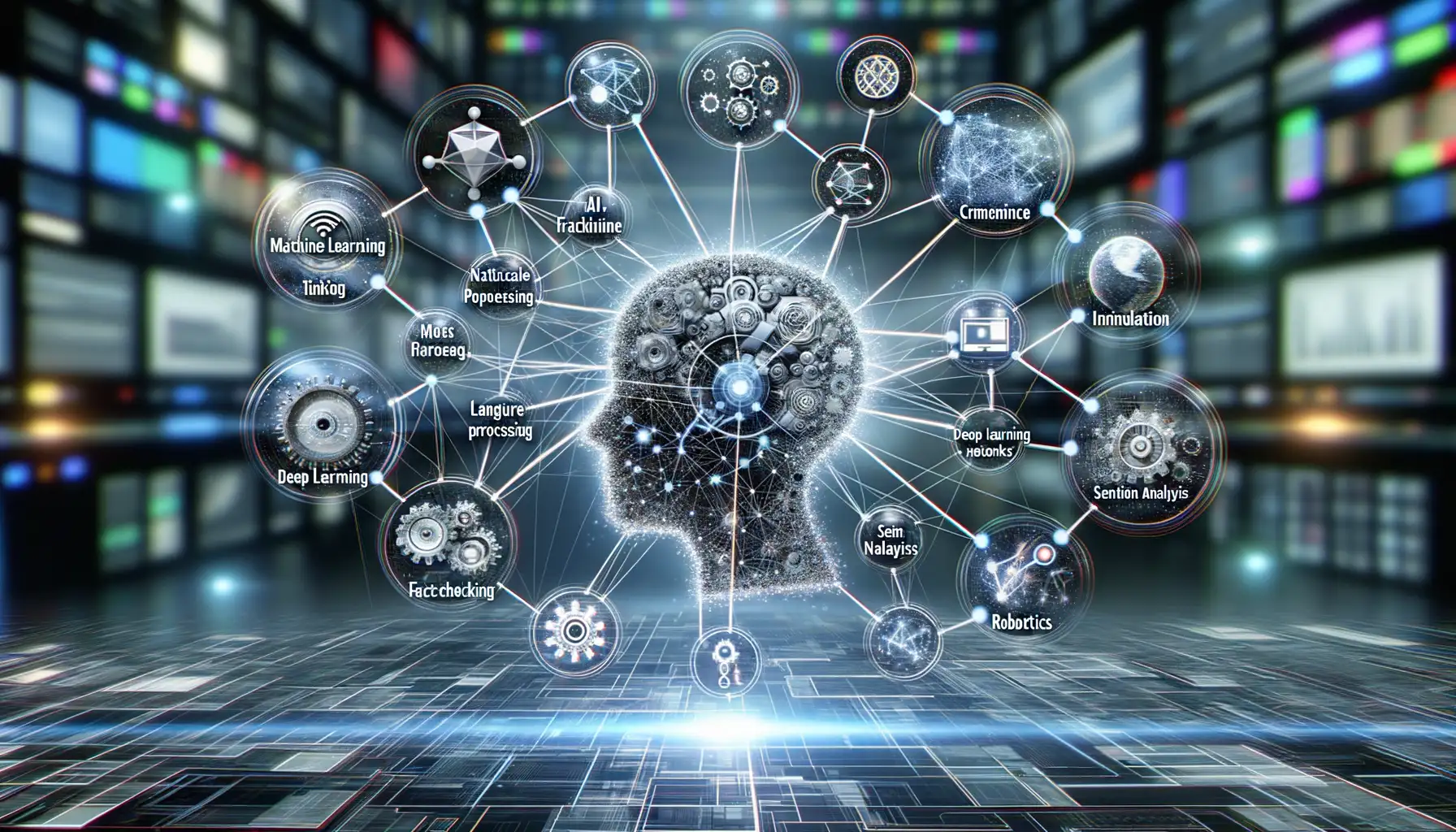
The Brains Behind Fact-Checking Algorithms
Think of AI-powered fact-checking as having a team of sharp-eyed detectives working tirelessly behind the scenes. At the heart of this process are groundbreaking technologies that do the heavy lifting. The first superstar? Natural Language Processing (NLP). This is what allows machines to “read” and truly understand text, unraveling tricky statements and complicated claims with the finesse of a linguist. It’s like giving AI the gift of language and nuance—it can catch subtle inaccuracies or misleading phrases that might slip by human eyes.
Next up is Knowledge Graphs, the librarian of the AI world. Imagine a web of interconnected facts and context, where every bit of information supports another. When a claim lands on its desk, the knowledge graph quickly cross-checks it against its meticulously organized world of data. Need a historical fact verified? It’s got your back.
Machine Learning: The Learning Curve That Never Ends
All of this brilliance wouldn’t be complete without machine learning. AI doesn’t just stick to static rules—it learns as it goes. Like a curious student, it improves over time, analyzing patterns and spotting tricks used in spreading misinformation. Some key tools in this area include:
- Deep Learning Models that sift through oceans of data to spot trends.
- Automated Content Parsing, which breaks down websites and articles into digestible pieces for analysis.
The result? A system that evolves daily, getting smarter and faster with every new challenge. How cool is that?
Challenges in AI-Powered Fact-Checking
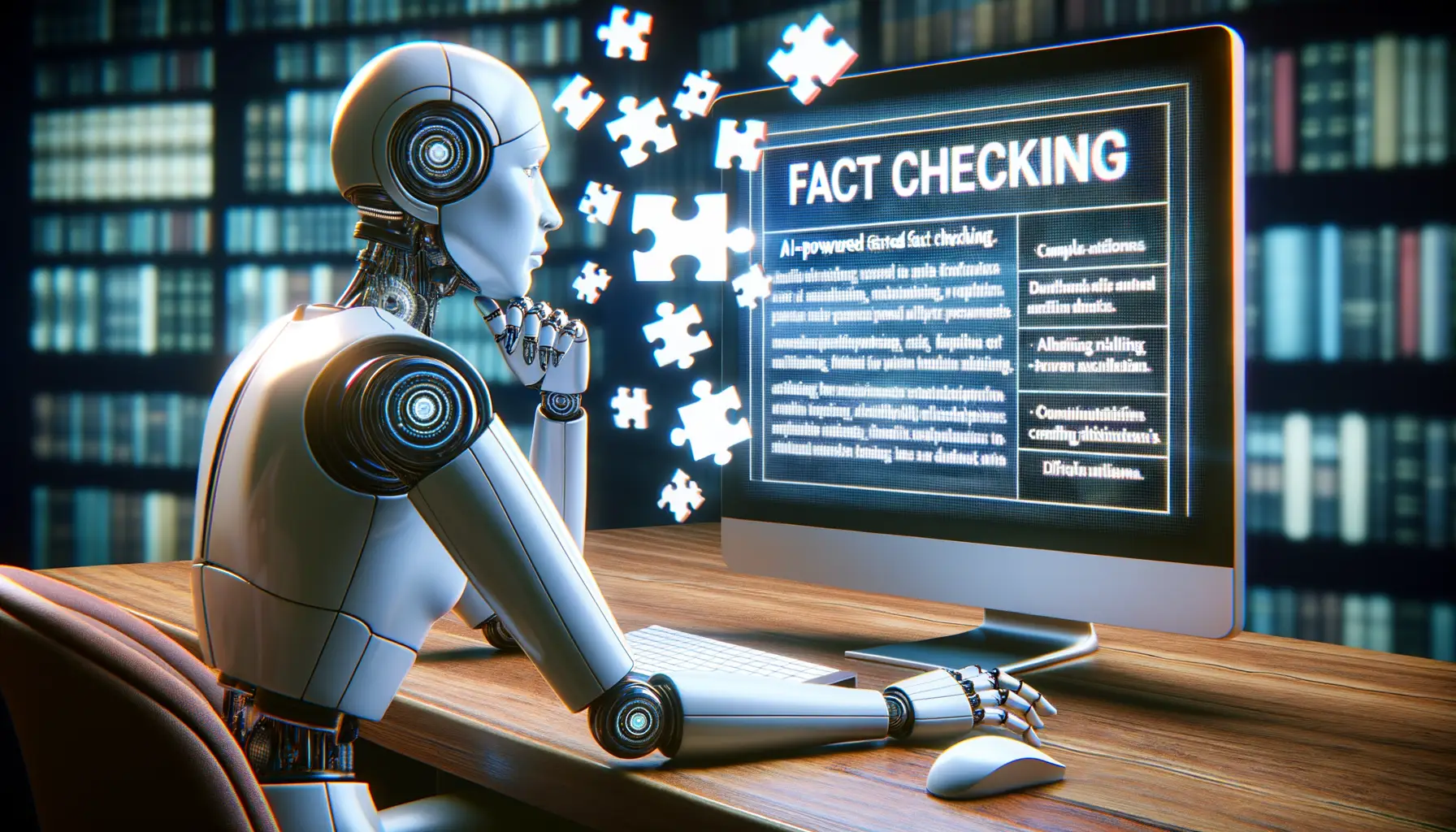
The Human Element: Where AI Stumbles
Even the smartest AI can get tangled in the web of human expression. Language is messy—full of idioms, sarcasm, and cultural nuances that machines struggle to grasp. Imagine this: someone tweets, “Oh great, another perfectly sunny day in London (eye-roll).” A human would catch the sarcasm instantly, but an AI might flag it as a literal weather report.
And then there’s context. AI loves data, but too often it misses the forest for the trees. Take the phrase “fake news.” In one context, it could be a critique of media bias; in another, it’s satire. Without nuanced understanding, AI risks labeling credible sources as lies—or letting misinformation slip through unscathed.
- Conflicting data: AI struggles when reputable sources present different perspectives—think evolving health guidelines or political debates.
- Language barriers: Dialects, slang, or even a play on words can leave algorithms scratching their metaphorical heads.
Ethics and Bias: A Double-Edged Sword
Here’s the uncomfortable truth: AI inherits our flaws. If it’s trained on biased data, those biases can infect its decisions. That’s how an AI fact-checker might disproportionately flag certain viewpoints, creating the illusion of impartiality while subtly tipping the scales.
And what about censorship? Picture an AI that aggressively flags controversial topics. Is it fact-checking—or silencing conversations? Balancing accuracy with freedom of speech is a tightrope act, and right now, we’re still figuring out how not to fall.
Applications of Automated Fact-Checking in Media

Transforming Newsrooms with Speed and Precision
Imagine breaking news hitting the airwaves. Journalists scramble to bring updates, but in the rush, facts can take a backseat. Enter automated fact-checking, the superhero of modern media! These AI systems swoop in like a trusty editor, cross-referencing claims at lightning speed and ensuring misinformation doesn’t steal the spotlight.
Media outlets are embracing this technology to tackle some of their toughest challenges. For example, during live events or debates, claims made by political figures are immediately analyzed by AI tools. This means viewers can get real-time insights about what’s true and what’s bending the truth—no waiting required.
- Live fact verification: AI scans statements in seconds against trusted databases.
- Content review: Articles and scripts are vetted for accuracy before going public.
- Social media monitoring: False viral posts can be flagged and countered swiftly.
Beyond the newsroom, think of investigative journalism. With AI as their sidekick, journalists can sift through mountains of documents to uncover hidden stories while still double-checking every detail. It’s like having Sherlock Holmes’ deductive skills augmented with Watson’s processing powers—pure magic for truth-seekers!
Future Trends in AI Fact-Checking

The Cutting-Edge Horizon of AI Fact-Checking
Imagine this: an AI so advanced, it not only checks facts but predicts the *likelihood* of misinformation before it even fully forms. Sounds futuristic? It’s closer than you think. The next generation of automated fact-checking aims to evolve beyond “reactionary” truth-checking into a proactive powerhouse. It will anticipate viral falsehoods by analyzing emerging patterns across news sites, social media, and forums. Think of it as a digital fortune teller, armed with data instead of cards.
What could this include?
- Neural networks capable of dissecting nuanced topics, from climate debates to complex legislation.
- Advanced language models that understand sarcasm and cultural context—because yes, misinformation doesn’t always wear a neon sign saying, “Fake!”
- Persistent monitoring of sources for bias or agenda-driven narratives.
AI Partnerships with Humans: The Gamechanger
Here’s the twist: the future isn’t just about AI working alone. Imagine hybrid systems where humans and AI team up, like a dynamic duo. The AI does the heavy lifting—scanning mountains of data in seconds—while journalists use intuition and experience to finalize judgments. Think of it as Iron Man’s suit enhancing a journalist’s superpowers. With this partnership, we’re stepping into an era where not just the “what” but the “why” behind each claim gets illuminated. A revolution, one truth at a time.

